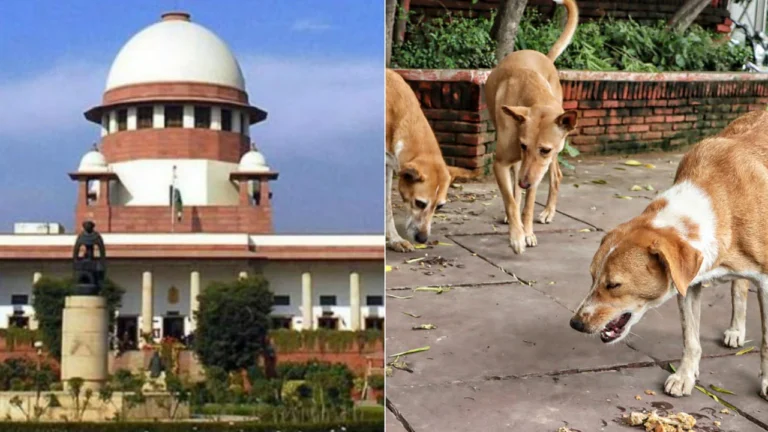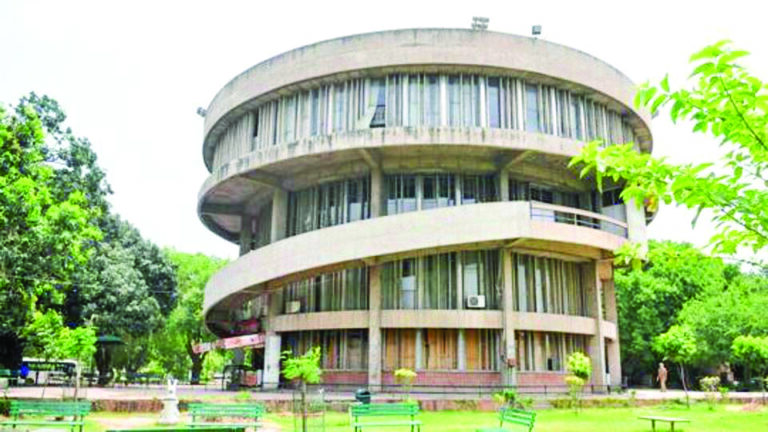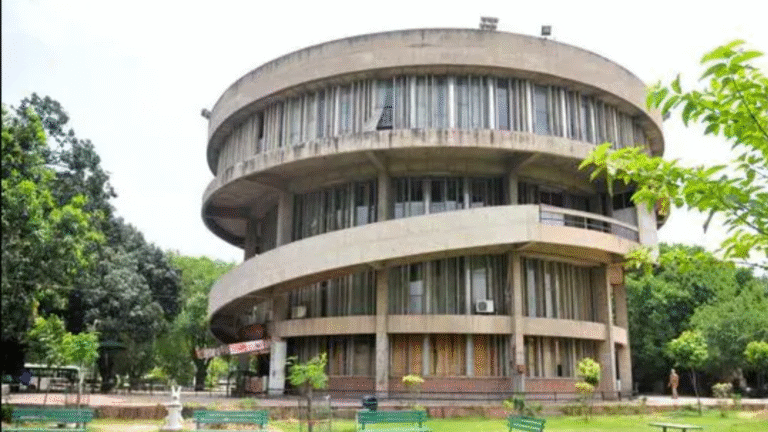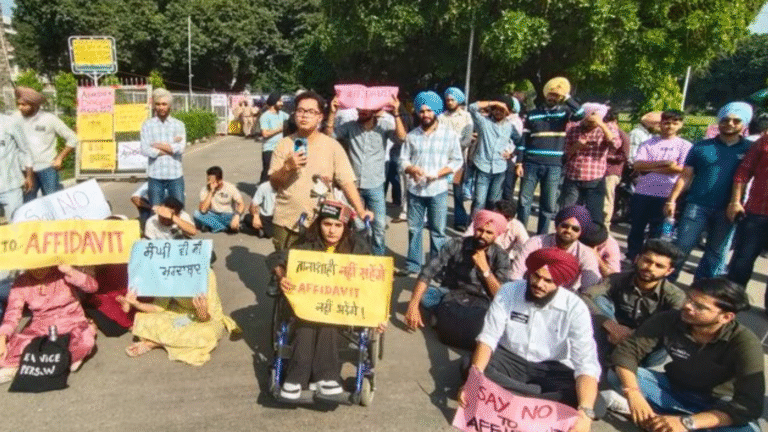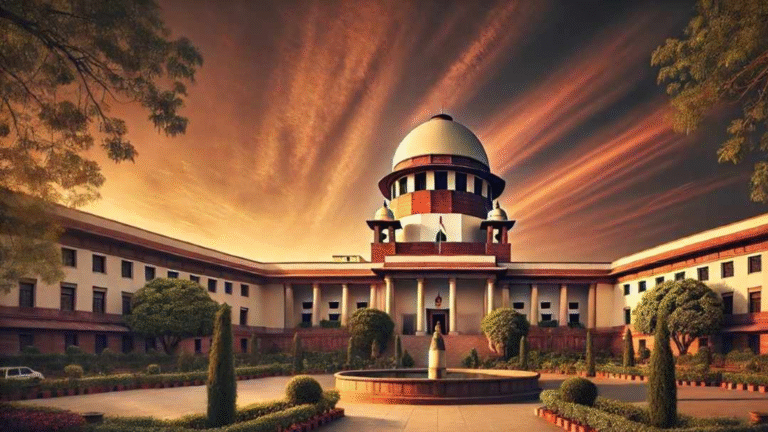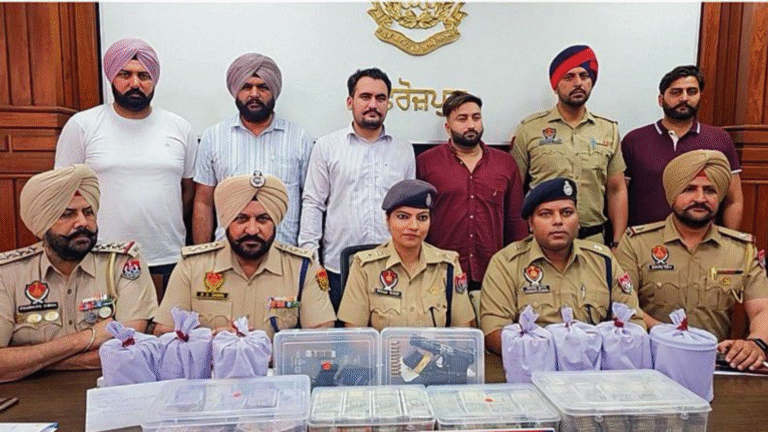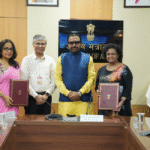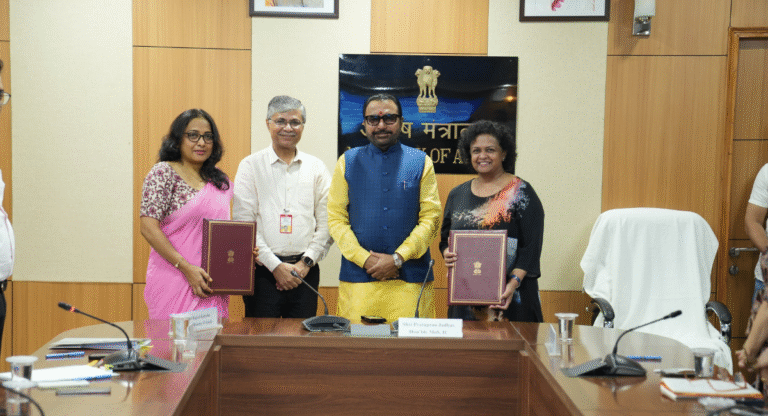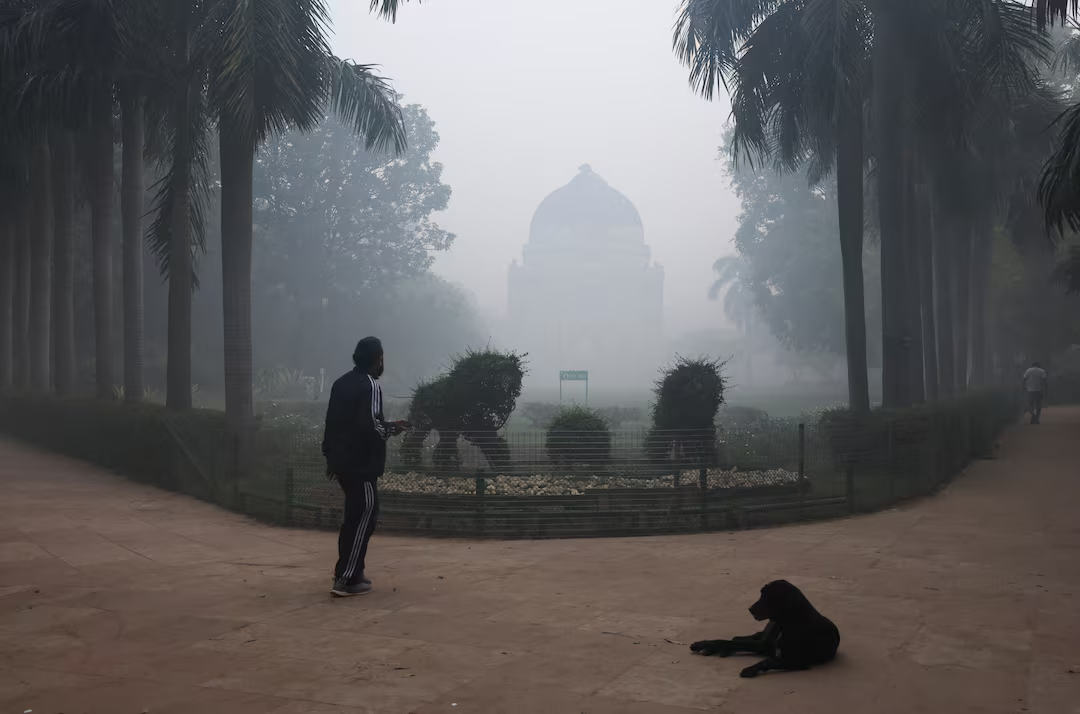
Delhi continues to choke 2 days after Diwali as air quality remains very poor
Delhi’s AQI turned more toxic haze after Diwali 2025, report reveals major causes
Two days after the festival of Diwali, the national capital, New Delhi, has woken up under a dense blanket of toxic haze as air-pollution levels skyrocketed. According to the Central Pollution Control Board (CPCB) and other monitoring agencies:The city’s overall Air Quality Index (AQI) was logged around 345 on the morning of 22 October 2025 — categorised as “very poor.”
Some monitoring stations recorded readings in the ‘severe’ range — for example, Bawana recorded an AQI of 423, Wazirpur 408, and Jahangirpuri 407.Despite the official classification being “very poor” in many places, with levels between 301-400, there are pockets already breaching “severe” (401-500) levels.
This year, the spike is notable despite a drastically reduced number of farm stubble‐burning fires in neighboring states — for instance a reported 77% drop in Punjab-Haryana farm-fires, yet Delhi’s pollution spiked anyway.

Several forces converged to create the severe pollution event:
1. Firecrackers during Diwali
Although the Supreme Court allowed usage of “green crackers” in restricted time-slots (6-7 am and 8-10 pm) in Delhi-NCR, there were large violations.
On Diwali night, the bursting of fireworks soared, pushing particulate matter (PM) concentrations to exceedingly high levels. For example, hourly PM2.5 concentrations reportedly surged to 15-18 times the safe limits at several stations.
2. Meteorological conditions favour stagnation
Post‐Diwali, the onset of colder weather, low wind speeds, and other atmospheric conditions that reduce dispersion of pollutants came into play. These conditions trap the pollution near the surface rather than allowing it to disperse. For years this is a predictable “smog season” in Delhi.
3. Persistent non-agricultural sources
While stubble burning often gets blamed (and remains a contributing factor), recent data show that reductions in farm fires did not translate into marked improvements this time around. For instance, despite the 77% drop in farm fires, Delhi’s PM2.5 only fell ~15% compared to last year in the pre-Diwali phase. This points to strong background pollution from vehicles, industry, dust and the festive fireworks themselves.
4. Post-festival build-up
Fire‐works, increased vehicular and industrial activity, construction dust, re‐suspension of particles, and fewer clean atmospheric days lead to rapid accumulation of pollutants following the festival. In many zones, monitoring stations recorded early‐morning AQIs over 300 just one day after Diwali.
Where are the worst areas?
According to monitoring station data, the worst‐hit localities include:
Bawana – AQI ~427 (Severe),Wazirpur – ~408 (Severe),Alipur – ~408 (Severe),Jahangirpuri – ~407 (Severe),Burari Crossing – ~402 (Severe),Shadipur – ~399 (Very Poor)
Even better‐performing stations (by Delhi standards) like ITO, Lodhi Road, Delhi University North Campus showed AQIs in the 320-360 (Very Poor) range.
Health & advisory implications
This severe deterioration of air quality has immediate and serious health implications:
People are reporting breathing difficulties, eye-irritation, throat soreness and exacerbation of respiratory conditions.Vulnerable groups — children, elderly, pregnant women, people with asthma or chronic respiratory/cardiac disease — are at high risk in this scenario.
Authorities have issued warnings and activated Stage II of the Graded Response Action Plan (GRAP) in the Delhi–NCR region. This allows for tighter controls on construction, transport, industrial activity. Some parts of the administration considered artificial rainfall (cloud-seeding) to disperse pollution, but it was delayed due to unfavorable weather conditions.
What’s going to happen in the coming days?
Experts predict that without significant intervention or weather improvement, the air quality is likely to remain in the Very Poor to Severe category for several days. The chances of natural dispersion are limited due to prevailing meteorology.
Authorities may enforce further restrictions (e.g., on vehicular movement, construction shutdowns, stricter fire-cracker enforcement) if AQI levels continue to rise. Monitoring stations will remain active. Some key points: Higher stacking of pollutant load during winter months typically worsens these episodes.Even if farm-fires remain low, the built-up background plus fireworks and local emissions make it hard to see quick relief.A key question remains: whether the public and local administrations will strictly comply with mitigation measures such as cracker bans, traffic curbs, dust‐control etc.
Why does this matter beyond Delhi?
Even when one source (stubble burning) is reduced, air‐quality can still collapse when multiple sources align (fireworks + vehicles + stagnant atmosphere).
Delhi/NCR acts as a bell-wether for other Indian cities entering the winter pollution season. Similar trends may follow in other large urban centres if controls are lax.Long‐term structural solutions (cleaner vehicles, industrial emissions, dust control, strict fireworks regulation) remain essential — focusing only on one seasonal source will not suffice. This is backed by academic studies showing the multiplicity of sources.
What you should do (as a resident or visitor)
Minimise outdoor activity, especially strenuous exercise, during early mornings/evenings when pollution peaks. Wear a good quality mask (e.g., N95/KN95) when venturing out.Use air-purifiers indoors if possible; ensure ventilation is appropriate (but avoid opening windows during peak smog).Keep windows closed during mornings; avoid opening during heavy smog unless visibility and air improve.
Avoid outdoor burning (e.g., fireplaces, firecrackers) and discourage children’s use of fireworks. Stay hydrated, eat bright‐coloured fruits and vegetables (helpful though not a substitute for clean air).Monitor local AQI apps/websites and avoid travel or traffic exposure during worst hours.If you have respiratory/cardiac conditions, consult your physician about any change in medication or precautions.
The bigger picture: Delhi’s perennial challenge
The city regularly slips into “Poor,” “Very Poor,” “Severe” or even “Hazardous” AQI categories from October through February.
Seasonal factors such as colder weather, stagnant air, north-westerly winds carrying particulate matter from agriculture & dust, local emissions combine to worsen air quality.
Festivals such as Diwali act as acute triggers – fireworks significantly add to particulate spikes. For example, a study found that PM2.5 reached 16 times pre‐firework levels during Diwali.
Although measures such as GRAP, emission norms and cracker restrictions exist, enforcement and public compliance remain weak, and meteorology still hampers mitigation.
Conclusion
The two-day mark after Diwali reveals a grim air situation in Delhi — with AQI readings firmly in the “very poor” and in some areas “severe” categories. Despite reductions in some traditional sources like farm fires, the combined impact of fireworks, local emissions and unfavourable weather has thrown the city into a full-scale smog event.
For residents, especially the vulnerable, caution is imperative. For authorities, the message is clear: addressing Delhi’s air quality will require sustained, multi‐sector action — not just seasonal fixes. The days ahead will show whether controls will be tightened meaningfully and whether weather or policy will relieve the capital’s air.





